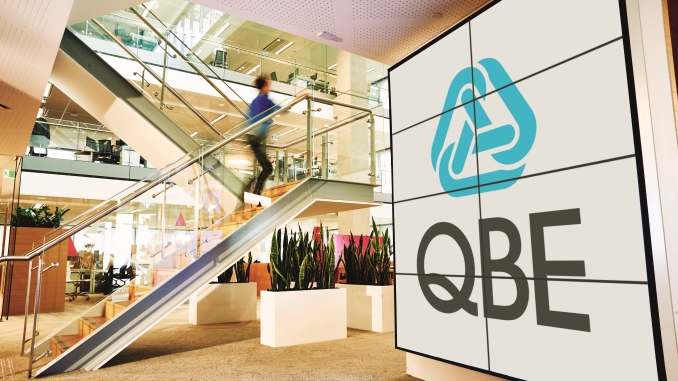
QBE issued the first capital instrument from a financial institution to take the form of a social bond on 9 November, a US$400m Additional Tier 1 gender equality bond that attracted some US$9.5bn of orders.
The new issue is only the second gender equality bond from a financial institution, the first having been a National Australia Bank A$500m five year senior deal in March. QBE meanwhile sold the first green bond from an insurance company in April, a US$300m long five year senior deal.
“As part of that transaction we received feedback from investors that the supply of social bonds was not meeting their demand,” said Paul Byrne, group treasurer, QBE. “At that point we had the spark of an idea to see if we could marry together the promotion of gender equality and also meeting investor demands for more social bonds.”
With input from second party opinion provider Sustainalytics, the Australian insurer put together a gender equality framework whereby the use of proceeds are earmarked for investment in the bonds of issuers who are signatories to UN Women’s Empowerment Principles and recognised by Equileap as one of the top 200 companies in a gender equality.
After a roadshow taking in over 80 accounts, bookrunners Crédit Agricole CIB, HSBC and Morgan Stanley went out with initial price thoughts of the 5.75% area — based on feedback from accounts — for the Baa3/BBB- Reg S perpetual non-call 7.5 deal with a US$400m (A$522m) no-grow size. They set the level at 5.25% on the back of US$6.25bn of demand, before orders peaked at US$9.5bn — making the deal some 24 times covered — and with over 350 accounts involved.
“Much as I would like to think that this reflects the job I did on the road and the demand for our credit combined with the market’s search for yield,” said Byrne, “it cannot only be these factors, as they would normally get us to 8-12 times covered — the balance, I believe, is the market showing its resounding support for gender equality.”
André Bonnal, insurance sponsor on Crédit Agricole CIB’s FIG syndicate desk, noted that allocations were “an interesting challenge”.
“The deal performed very well in the secondary market,” he added. “Investors are eager to put their piles of cash to work in high quality names offering spread pick-up with high beta instruments, while the scarcity element surrounding the US$400m no-grow trade combined with the social impact certainly played a key role in the level of oversubscription of the trade.”
Read more from QBE’s Byrne about the strategy behind the deal here: QBE: Engendering a social buzz



